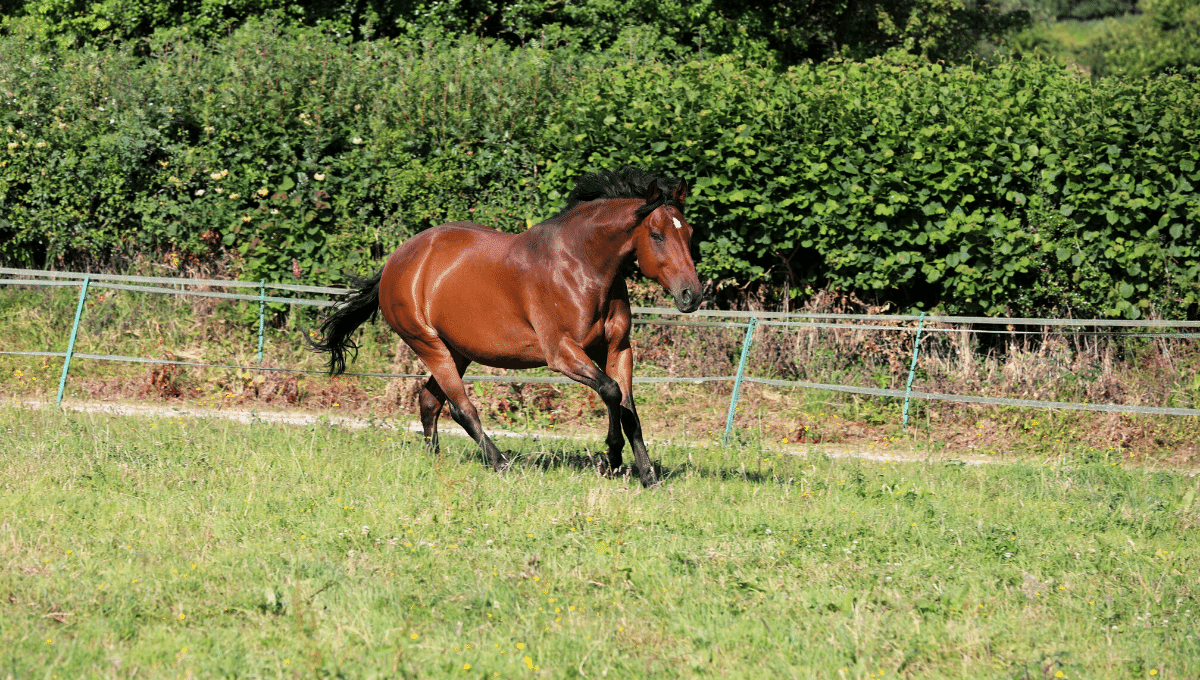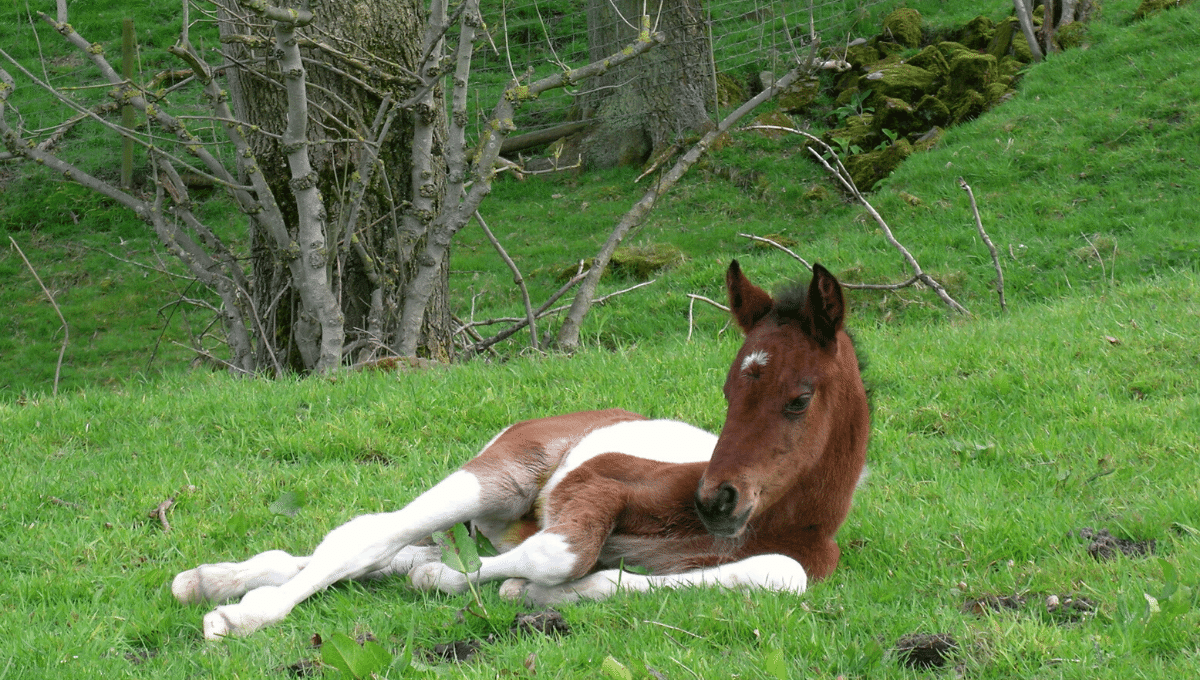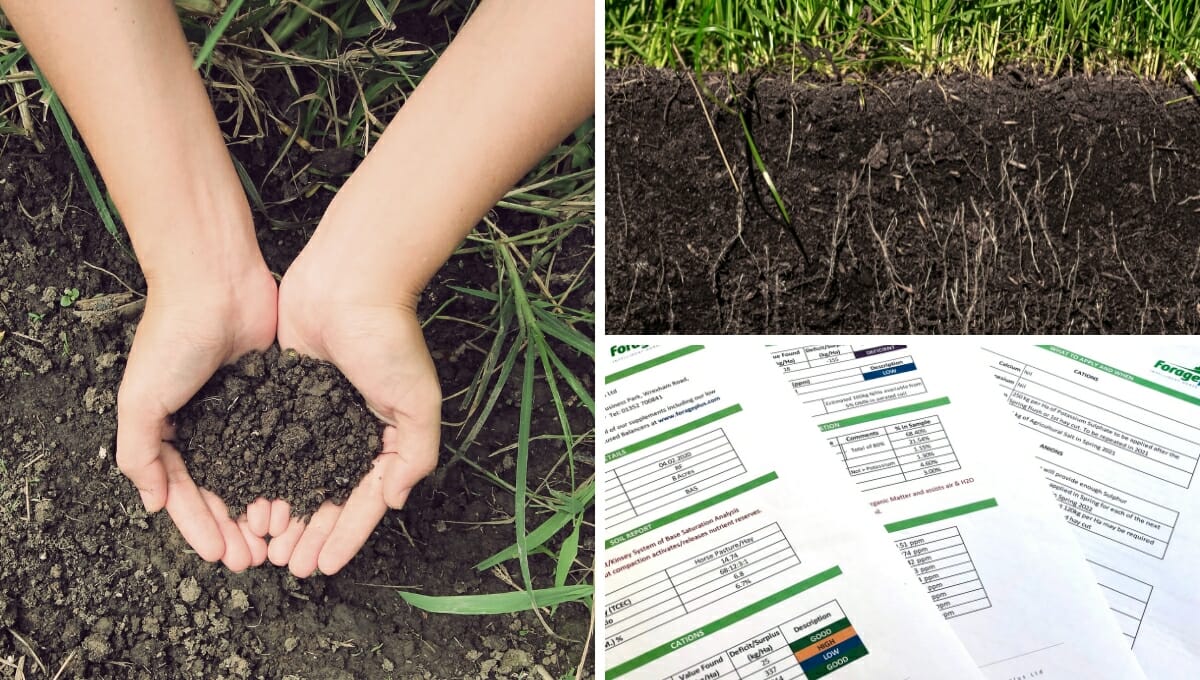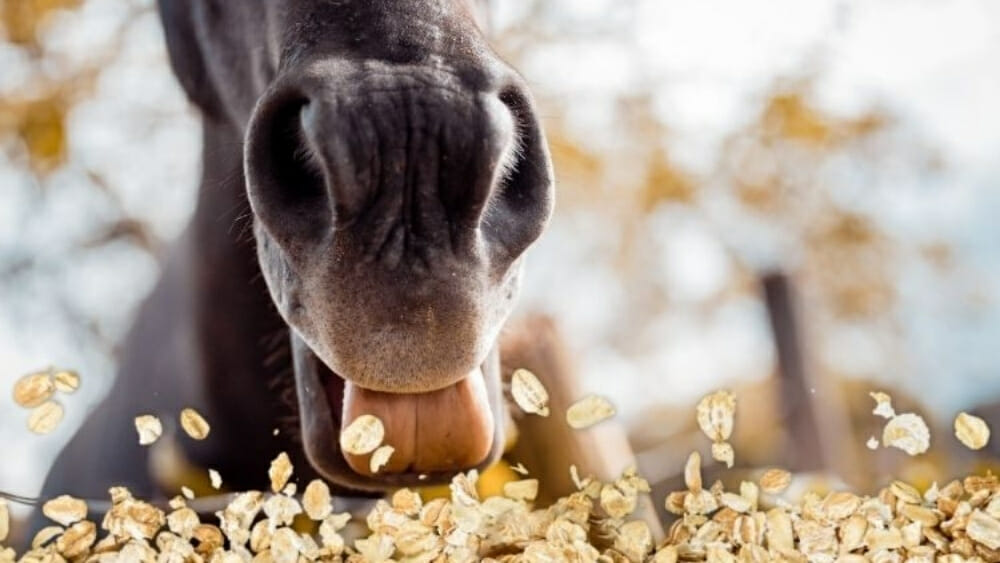Your horse needs the right fuel in the right amounts, just like a car, to run correctly.
Correctly fuelling your horse is essential for resilient health, soundness and longevity. A car, when it breaks, needs new parts which are easy to replace. A horse constantly needs to repair, replace and in the case of performance horses and young horses, build their bodies. A car uses petrol or diesel as fuel your horse uses nutrition.
Horses need calories, protein, amino acids, vitamins and minerals
Horses usually gain their nutrition from three places: water, forage (grass, hay or haylage) and bagged feed. Like humans, they need guaranteed amounts of protein, amino acids, vitamins and minerals. Humans get their food from many different sources but horses largely have to concentrate on one source, forage.
Many owners concentrate on the bagged feed their horse eats, worrying which one is the best to feed. Owners are led to believe a bag of feed will have the main impact on their horse’s nutrition and health. In reality, because of the amount of forage consumed, bagged feeds are a very small part of the horse’s diet.
Most of a horse’s nutrition comes from grass, hay or haylage. If that is not balanced, neither is the overall diet. Farmers know that balancing diets to the forage the animal eats is essential.
The agricultural business has been balancing the nutrition their animals need, to the forage eaten, for many years because it provides them with healthier animals and better profit. Balanced nutrition for their cows and sheep means more milk and more meat but it also means less disease.
This approach means farmers create the healthiest, most robust animals. Farmers know that calories alone won’t get them there. Farmers know that quality protein, adequate vitamins and carefully balanced minerals make the difference.
Start with the forage your horse eats when planning diet
Here at Forageplus™, we know the difference a forage-based approach makes to horses which is why we carry out an analysis of forage. This is why our philosophy starts with the grass, hay or haylage horses eat.
This means we scientifically test hundreds of samples of grass, hay or haylage that owners feed to their horses from all over the UK and Europe. This forage makes up the greatest proportion of horses’ diets. This forage contains many nutrients and because it makes up the greatest proportion of the diet it has the greatest impact on what nutrients the horse is exposed to and what nutrients the horse is lacking.
This article tells you ten ways to know what minerals your horse needs but if you want to know about protein, vitamins and calories for horses follow the links at the bottom of the page.
Ten ways to know what minerals your horse needs
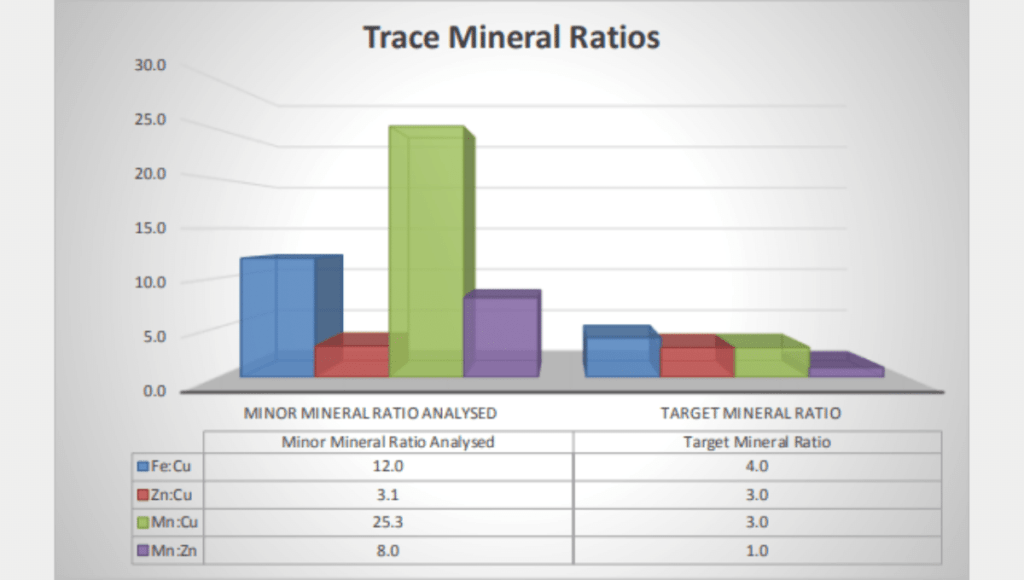
- Look at the grass, hay or haylage your horse eats first. The horse feed market is flooded with supplements designed to put a ‘patch’ onto horse problems which have their roots in inadequate nutrition. The diet your horse receives should always start by looking at forage first. By identifying what nutrients are missing or excessive in the base diet of grass, hay or haylage eaten instead of a ‘patch’ you get the optimum that livestock farmers have known about for years
- Test your grass, hay or haylage to determine the levels of all the minerals you need to balance your horse’s daily diet. These minerals are calcium, phosphorous, magnesium, sodium, potassium, chloride, iron, copper, zinc, manganese, selenium and iodine.
- Use a ‘forage focused’™ horse feed balancer each day which is matched to the common mineral deficiencies and excess in forage according to the Nutrient Requirements for Horses 2007 (NRC). Many people use this type of a balancer as a base for accurately balancing their horse’s diet after testing. They add in the extra minerals (if needed) to this base as scoop amounts. Sometimes they even need to feed less of the horse feed mineral balancer being used as a base.
- Know that if you can’t test the forage your horse eats then you can choose a ‘forage focused’ ™ horse feed balancer which has been formulated using statistical analysis of many hundreds of samples of forage from many sources and from a wide geographical area. It is important that this statistical analysis has used a high level of results and has identified outliers so that the figures are accurate.
- Understand that some minerals in forage are usually in excess and block the uptake of others. Calcium, iron and manganese are commonly at high levels in the grass, hay and haylage that horses eat. Because forage is the greatest proportion of the diet these minerals often block the absorption of other minerals meaning that horses can have relative deficiencies of these ‘blocked’ minerals.
- Know that calcium, blocks phosphorous and magnesium. The right ratio of these minerals is crucial for health. As calcium is so easily provided in forage and through bucket feeds such as beet pulp and alfalfa Forageplus™ statistical analysis has identified that it is best not to supplement calcium on a daily basis.
- Know that iron and manganese are often at levels which block the uptake of other very important trace minerals. The ratios between minerals indicated in the NRC 2007 document is as important as the minimum levels. As iron and manganese are so often in massive imbalance with copper and zinc this results in these antagonist minerals blocking the uptake of these two minerals. Copper and zinc are vital for liver health, skin health, hoof health, digestive health and many other important biochemical reactions needed to run, fuel, build and repair body tissues. When choosing which minerals to supplement to balance horse diets it is important to choose low iron, low manganese but high copper, high zinc supplements so that the profile Forageplus™ has identified in forage is matched and balanced to.
- Understand that feeding minerals matched to forage is even more important for horses under stress. Pregnant horses, mares with foals at foot, growing horses, exercising horses, or horses needing extra support to maintain health need minerals balanced to forage. This sound nutrition approach is essential as every function in your horse’s body depends on it.
- Understand that unless you test your grass, hay or haylage the best you can do is feed minerals which are matched to a statistical average of what has been shown to be deficient across a large sample size. This statistical average cannot and should not be formulated to a small area, or a county or region as an average. This is because fields, even next door to each other, will grow grass which can vary greatly in mineral content because grass mineral content reflects the health of the soil. The mineral content of the soil is determined by geography but geography should not be used as the only factor in determining what minerals your horse needs. This is because the way the land has been cared for and what is grown upon it is often more powerful than geography.
- Use of land will affect soil pH, mineral levels in the soil and the level of compaction. Soil pH will affect the mineral uptake by the grass and often result in high manganese levels. Compaction will affect mineral levels in grass, reducing drainage and often resulting in high iron levels. Over grazing too will affect mineral uptake, weakening grass so the roots become shallow and have less access to minerals. Mineral levels affect soil balance. Where soil has been looked after and the balance of minerals attended to carefully then mineral levels will be very different in this field to a field where no attention has been paid to soil health. A formula for a horse feed balancer which takes account of all these differences or actually tests grass, hay or haylage is the only way to make sure that you are feeding the minerals your horse needs each day.

Use a ‘forage focused’ supplement horse diet approach
Broad-spectrum mineral supplements that have a little bit of everything: this ‘scatter gun’ approach will often mean you are over supplementing unwanted antagonistic minerals and under supplementing those important minerals required to balance a horse’s daily diet. A ratio approach based on scientific analysis of many forage samples and a wide statistical average is far superior.
Regional balancers: there can be huge variability in the mineral and nutritional composition of forage within a region and even between neighbouring fields as described in points 9 and 10 above. Without in-depth statistical analysis of the forage composition inside the region as well as the region outside of the specified area, there is a risk that any regional balancer has been formulated using a narrow/limited database making it prone to statistical error and/or error due to the presence of outliers in the data-set.
If in doubt always ask to review the data for any balancer claiming to be based on statistical analysis.
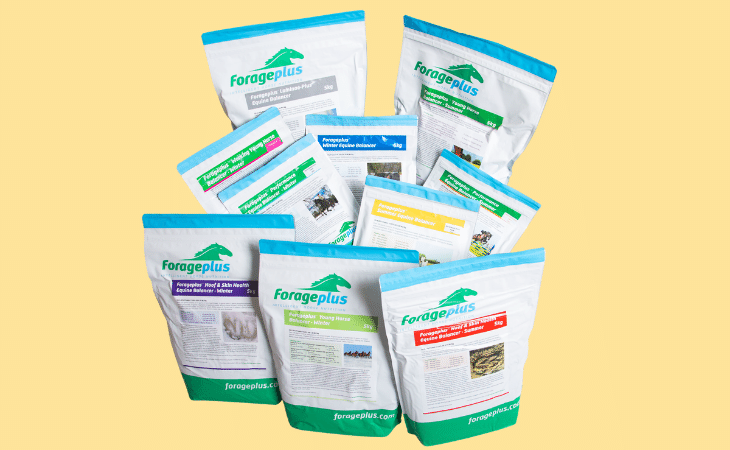
Horse Feed Balancers
Our forage focused horse feed balancers are of the highest quality, vitamin and mineral supplements designed to balance the total horse diet to the hay, grass, or haylage your horse eats. Forageplus balancers are formulated using scientific forage analysis with reference to the NRC guidelines.

